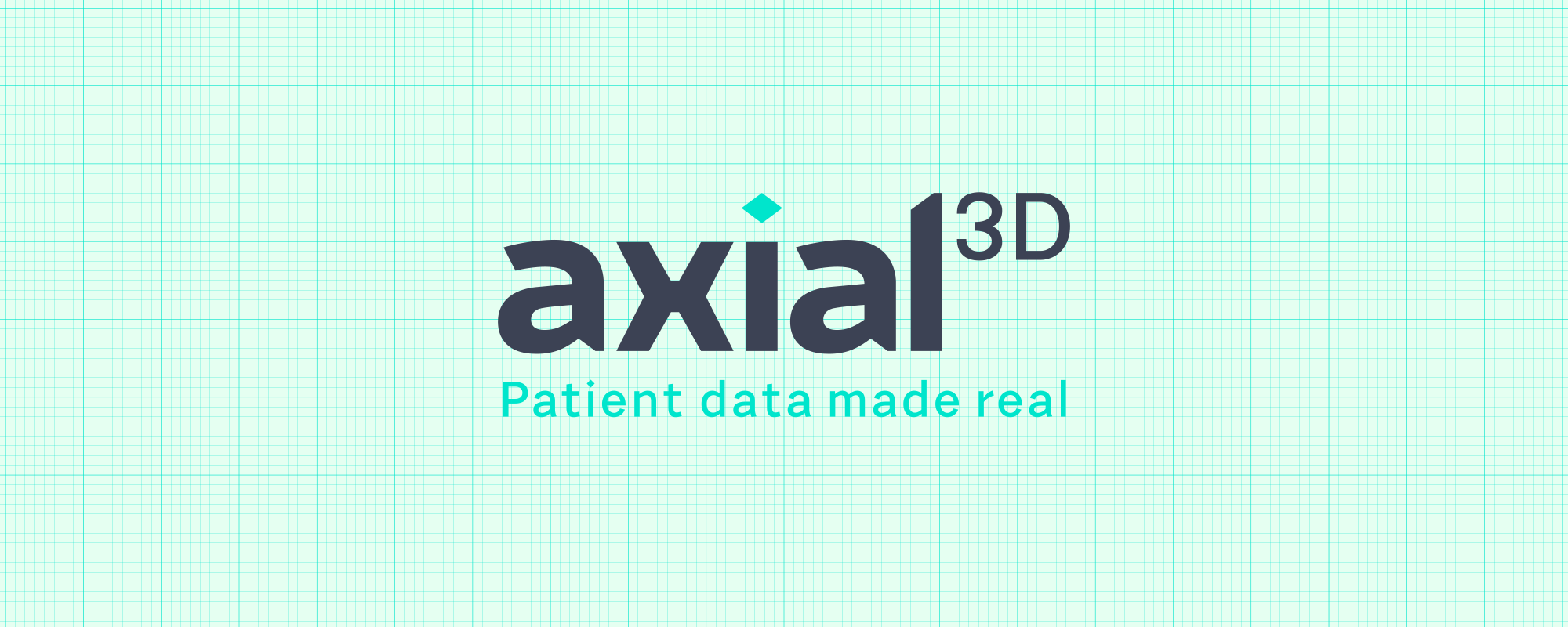 Axial3D participated in the April issue of 3D Adept Mag, our magazine dedicated to the 3D printing industry. Check out the full interview in this week’s segment of Opinion Of The Week.
Axial3D participated in the April issue of 3D Adept Mag, our magazine dedicated to the 3D printing industry. Check out the full interview in this week’s segment of Opinion Of The Week.
Axial3D is a company specializing in 3D Printing for medical applications. We were founded just over two and a half years ago. Primarily we were a company set up to service the healthcare center with pre-planned models. We specialize in taking two dimensional CT Scans and/or MRI’s and converting that into 3D files and 3D printing it to aid doctors.
We help to pre-plan an operation by preparing any equipment that a surgeon will need before going to surgery. This saves time in surgery and therefore approves patient care, ie, bleeding or risk of infection … Over the past year, we have started to develop software so that surgeons can start doing it themselves.
We’re seeing that the cost of using 3D printing has gone down over the years and that hospitals are starting to adopt and embrace the technology. The only problem is that the process of taking 2D images and creating 3D models is still somewhat disconnected from the applications. We believe that 3D printing will be preserved and that the only way to preserve it is to make the process of transforming a medical image into a 3D printable file as easy as possible or as automatically as possible.

What are the main medical applications in which you use 3D printing technology?
So, the majority of the applications that we would see it being used is in orthopedic and specifically with trauma and congenital deformities within pediatrics. Although we have seen a rise of models coming through specifically for cardiac applications and oncology applications, particularly with liver and kidney tumors.
How does the use of 3D printing improve patient care?
There are three main ways that it can approve patient care.
First and foremost, improving the pre- planning of the patient’s surgery. So, for the orthopedics, say you have a bad trauma injury, the surgeon can actually take existing plates and screws from shelves and pre-band them. Everything that we prep is 1:1 (1 to 1) scale.
They are working on the exact anatomy that they are going to be operating on so this in turn reduces the amount of time the patient is under the knife, which then reduces the quantity of the bleeding and chance of infection of the patient.
It also improves the way a lot of surgeons can be trained. So, registered surgeons who are typically operating on patients or are developing their skills base only get to do these types of operations in the theatre but if we give them the opportunity to actually dry-run the procedures before they go in and operate, it improves the patients care greatly.
Could you tell us about an example of a particular case where you used 3D technology to treat a patient?
We had a case about 18 months ago at the Royal Victoria Hospital in Belfast. He was a pediatric patient, an 8-year-old boy, and he was presented to the surgeon with the inability to move his arm … and this affected his ability to write, play sports and carry out his daily activities. So, the traditional way to treat this type of injury would have been to start treatment with the radius and ulna. Typically, this can take between 3-4 hours. When we took the CT scans and the 3D printed models for the surgeon, they could see that it was not really the deformation that was causing the problem, it was a soft tissue deformity that was causing the problem. It was necessary to perform “a keyhole surgery” – The doctors were able to do it in 30 minutes what they should have done in a surgery of 4 hours.
There was a lot less bleeding, a lot less chance of infection and I also heard that the patient was able to leave the hospital the same day which would not have been possible without the use of the 3D printed model.
What are the limits of this technology in the medical industry?
The limit of technology is probably the time it takes to actually produce one of the 3D printed models. From our experience … at the NHS and HSC in Ireland, it’s still a technology that a lot of people don’t know about and a lot of people don’t have the resource to learn how to actually produce a 3D model so the thing that is stopping this technology from being adopted on mass is the process of segmentation.
There is, however, a great opportunity to seize on the market: trying to create automatic means so that surgeons can use them for any procedure.
What are the points to improve?
So, two other major improvements can be made, regardless of the speed of segmentation, from the medical point of view: the speed of printing technology, whether the 3D model can be created and modeled differently. And the materials: we must have the possibility of obtaining a larger number of materials.
Any last words?
I think what is stopping the technology from being adopted on the mass is the availability of the software and the ease of use of the software and I think that’s where Axial 3D really differentiates itself from the market.
For further information about 3D Printing, follow us on our social networks and subscribe to our newsletter!
Would you like to be featured in the next issue of our digital magazine? Send us an email at contact@3dadept.com





